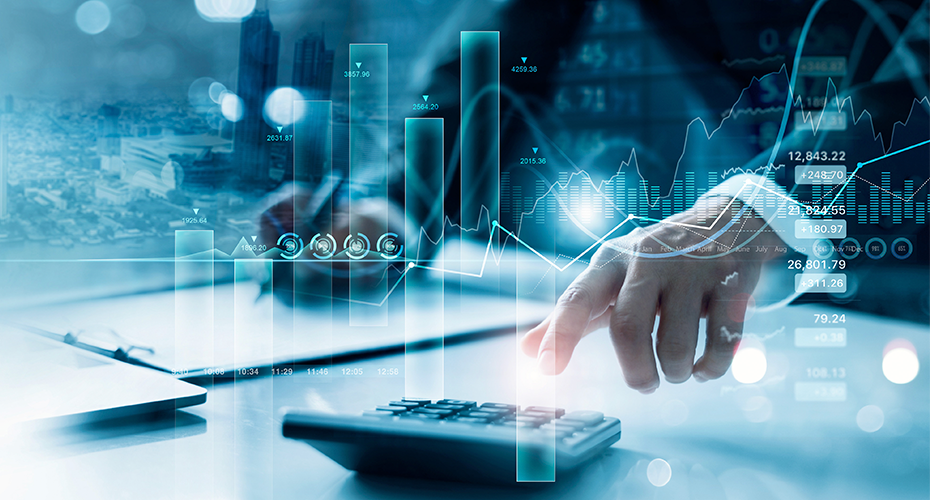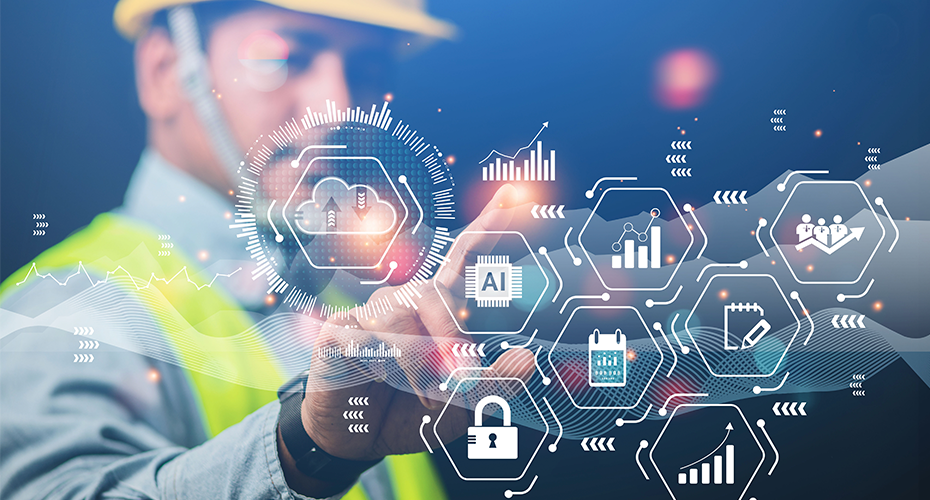
Role of Video Analytics in Tomorrow’s Smart Cities

While urbanization accelerates across the globe, smart cities are facing the new-found challenge of traffic congestion and increasing crime rates. As they rely on smart technologies to address these challenges, video analytics has surfaced to be a one-stop solution.
Smart city administrators need to find irregular behavior exhibited by individuals and alert authorities immediately. And what better way to do that than performing a smart search from piles upon piles of video footage? Apart from that, they can also benefit from smart video applications for increased operational efficiency. From analyzing event and traffic patterns to identify optimal sites for business development to innovating city planning with unprecedented insights for better economic investment – everything is possible with video analytics.
IoT- and AI-enabled video analytics can play an important role in providing a more secure and livable environment for residents of the smart city. It enables law enforcement and public and private security agencies to achieve a radically faster time to target. It is these factors that are driving the global video analytics market. The market is expected to grow from $4.9 billion in 2020 to $11.7 billion by 2025 with smart cities forming a major part of the application scope.
Also Read:- How AI & Data Science impact the Banking Industry
Video analytics solutions are driving differentiation across the smart city spectrum in the following ways-
- Public safety and property protection: Video analytics can greatly benefit public safety by enabling city officials to gather and analyze more detailed insights than ever before. By monitoring dangerous drivers, petty crimes, or bank robberies, innovative surveillance cameras with integrated IoT and cloud technologies can help in handling the situation efficiently.Intelligent video analytics solutions can flag relevant footage for abnormal activities to increase situational awareness and save time in high-risk situations where every second counts. The vast application of video analytics covers 24*7 surveillance, 360º views, and detection of minute physical descriptions. The Unusual Motion Detection (UMD) technology can continuously monitor and encode what activity is typical for a given scene. This can detect any deviation against the rules and the law in real-time and improve the response time by providing instantaneous alerts for immediate action.Many smart video applications also integrate with audio analytics to detect gunshots and other sounds. Surveillance solutions help identify particular problem areas, which in turn allows the police to patrol those locations more frequently. This kind of high-end video surveillance can help municipalities efficiently manage situations on limited budgets while delivering a greater return on investment. These insights into the “who, what, where, and when” of an active investigation can prove priceless to help solve the case at faster timelines.
- Traffic management: Video analytics can help optimize traffic and signal control while detecting queue lengths and wait times. It can help prevent collisions, congestions, parking shortages, and even smooth the toll operations. Other use cases include vehicle/pedestrian detection, vehicle classification, evidence in case of accidents, stopped vehicle detection, wrong-way vehicle detection, and license plate recognition. The analytics software helps to pick up the exact movement of the vehicle, while it is in transit. This helps to detect any traffic rule violations, such as lane departure, over speeding & signal jumping.Video analytics can also provide long-term insights into potential traffic problems the city should address. Identifying where crosswalks, bike lanes, or traffic lights could be placed to streamline traffic is also a plus. Traffic engineers can design better paths and re-route motorists to faster or safer routes in real-time. With abundant traffic data, transportation managers can also uncover inadequacies in streets and highways, design more well-organized traffic patterns, plan to expand high-traffic roads or even increase public transport options.
- Lighting challenges: With processors and sensors becoming more technologically advanced, cameras can now deliver crisp, high-quality images in virtually all lighting conditions. Thermal cameras have become much more affordable in recent years, and video analytics solutions have further improved their effectiveness. When installed together, visible light and thermal cameras combine to deliver an even more powerful solution. Smart lighting also has a positive impact on security and surveillance. LED lighting in smart cities allows cameras to provide much higher-quality images for security and surveillance than traditional lighting.Beyond security, LED lighting can also deliver high-quality images for parking, access control, traffic, and many other applications across multiple departments. By leveraging this extracted and aggregated video metadata within embedded BI platforms, smart cities can also perform quantitative analysis, derive actionable insights, and visualize them in customizable dashboards for data-driven decision making and deep learning.
Also Read:- 3 Use cases of Image mining and Text mining in 2021
As our streets get more crowded with more traffic, the need of the hour is smart solutions that can help us control and curb security and traffic-related problems. Integrated video analytics can help us to overcome these challenges in the most sustainable and effective ways.




